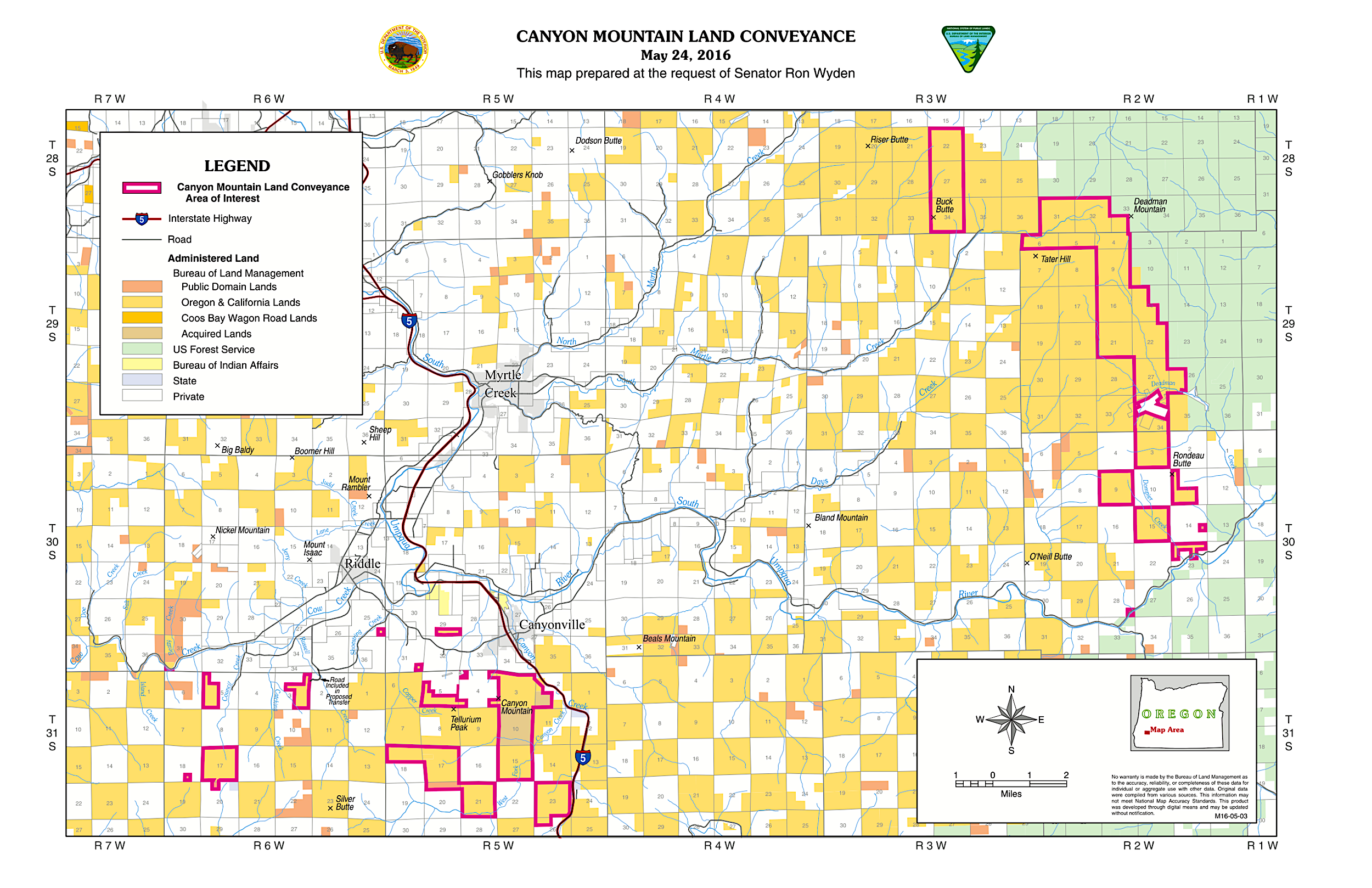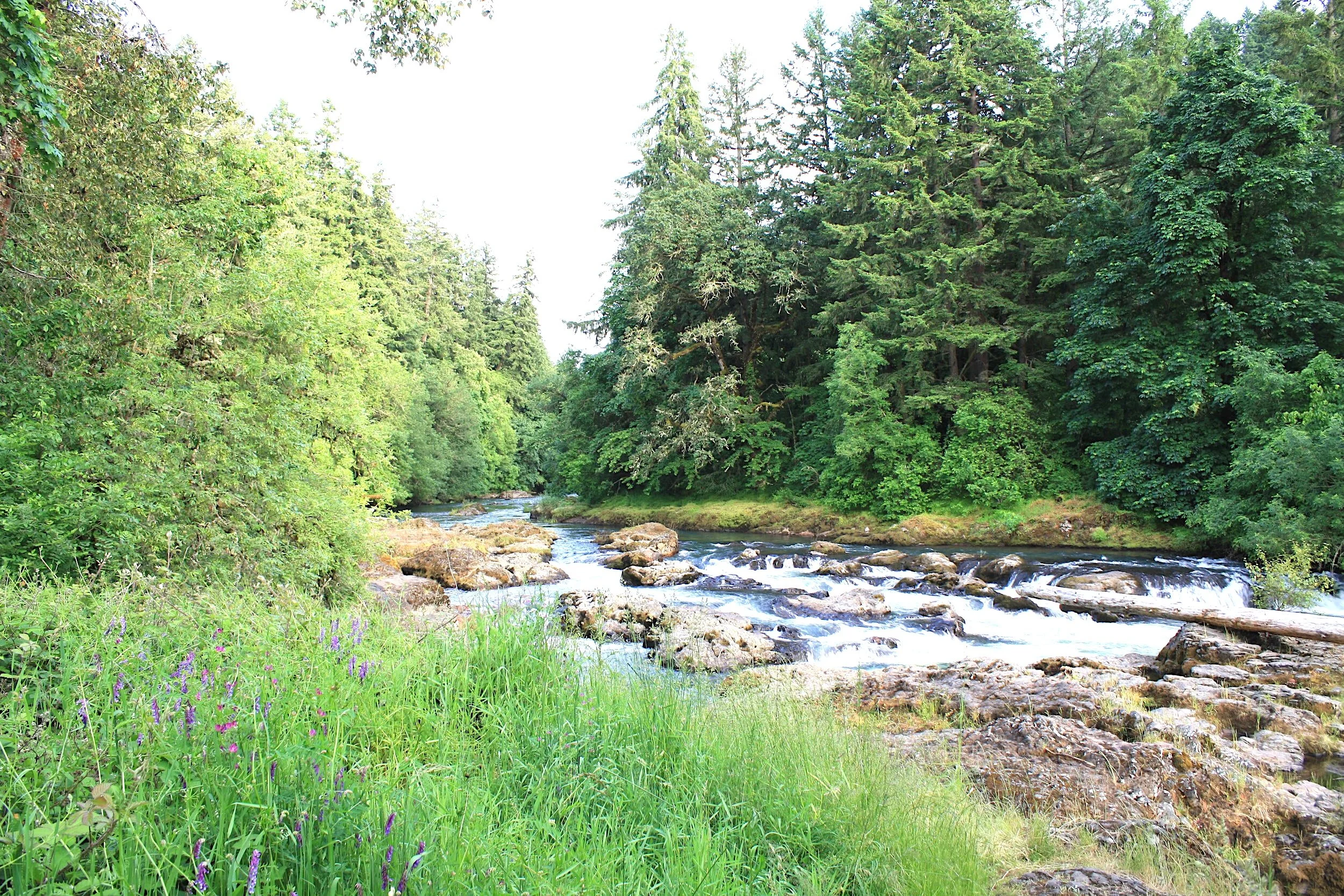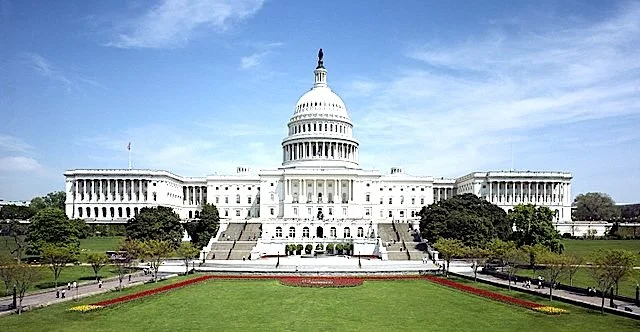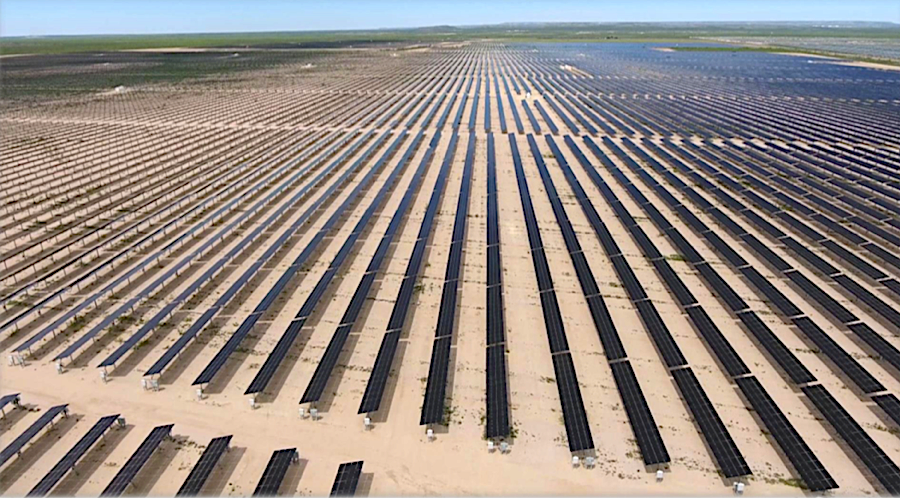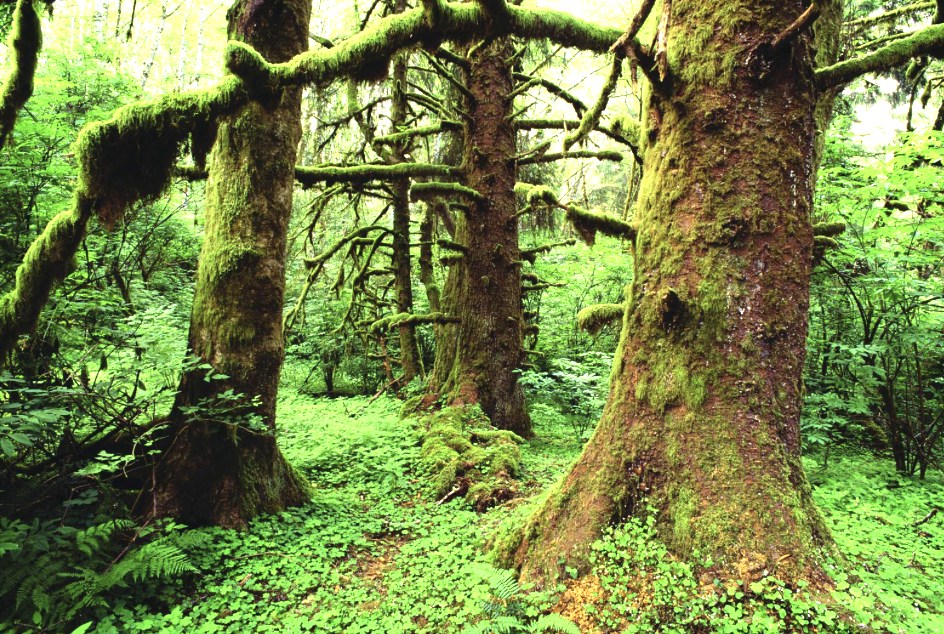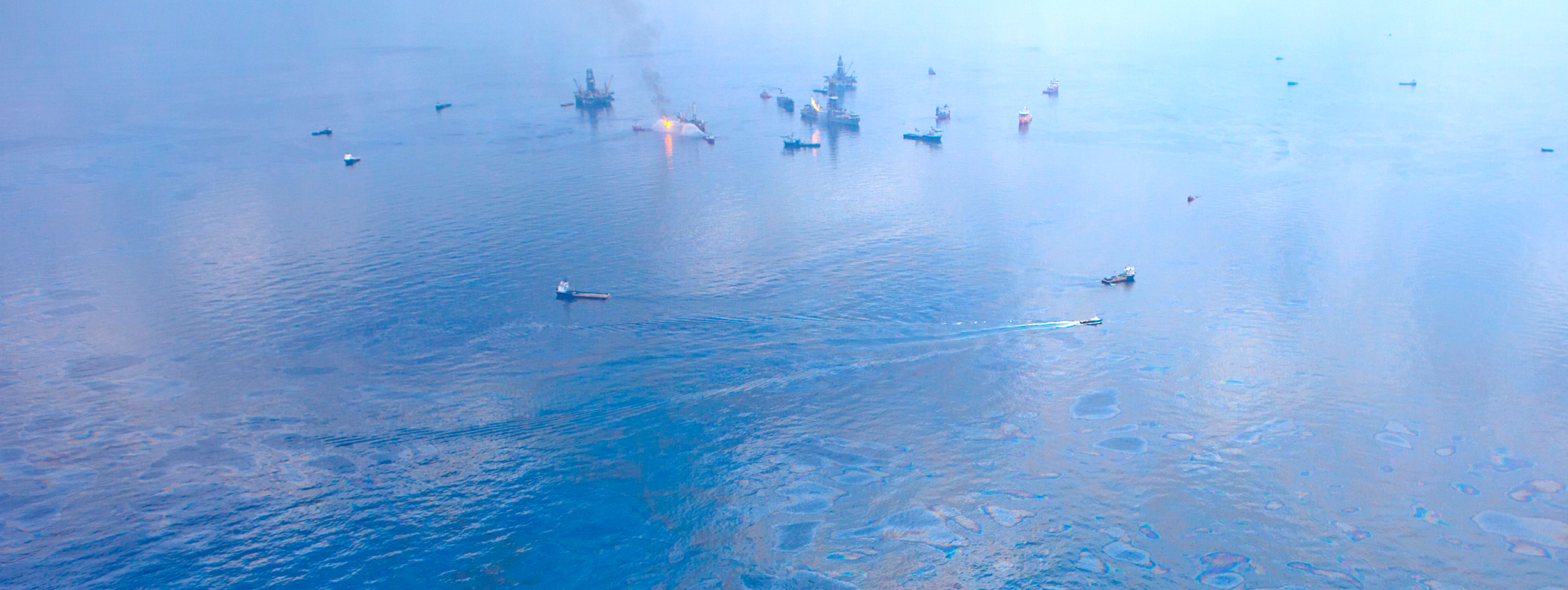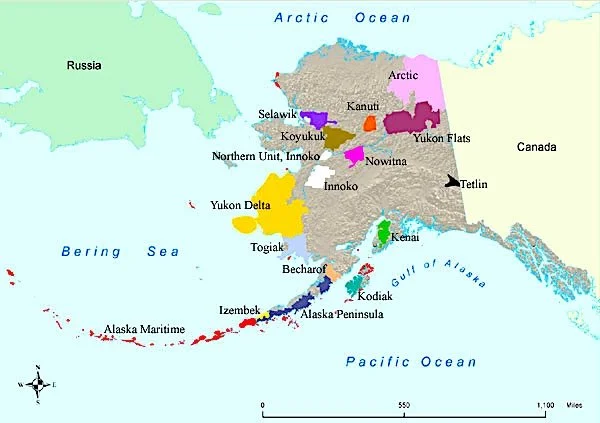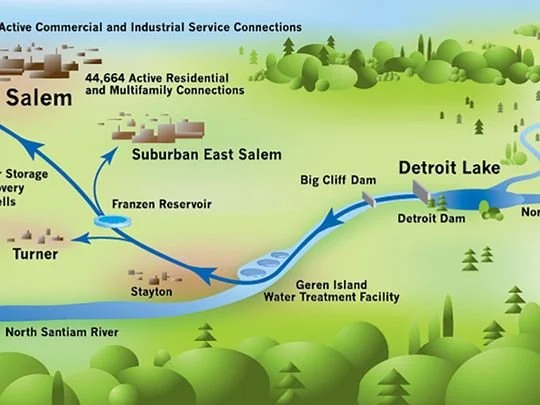Sort By Category
- 30x30
- Administration
- Antiquities Act
- Book Reviews
- Bureau of Land Management
- Climate Change
- Climate change
- Coasts
- Congress
- Counties & Federal Lands
- Courts
- Courts & Litigation
- Department of Agriculture
- Department of Interior
- Deserts
- Ecological Reserves
- Ecosystems
- Elections
- Endangered Species
- Energy
- Estuaries
- Federal Lands
- Fish
- Fish and Wildlife Service
- Forest
- Forest Fires
- Forest Service
- Forestry
- Forests
- Grasslands
- Land & Water Cons. Fund
- Land & Water Conservation Fund
- Legislation
- Litigation
- Livestock Grazing
- Marine Protected Areas
- Marine Sanctuaries
- Mature & Old-Growth Forests
- Mature and Old-Growth Foresrts
- Mining
- Nat'l Conservation Lands
- National Forest System
- National Marine Sanctuaries
- National Monuments
- National Monuments Act
- National Park Service
- National Park System
- National Parks
- National Recreation Area
- National Scenic Area
Sort By Tag
- 1002 area
- 30x30
- 5th Amendment
- ANWR
- Acadia National Park
- Adam Smith
- Administrative Procedure Act
- Advancing Conservation and Education Act
- Alan Bates
- Alan Deboer
- Alaska
- Alaska National Interest Lands Act
- Alaska Native Claims Settlement Act
- Aldo Leopold
- American Forest Resource Council
- American Prairie Reserve
- American Tree Farm System
- American beef supply
- American black duck
- American woodcock
- Ammon Bundy
- Ancient Forest National Park
- Anders Eskil Carlson
- Andrea Salinas
- Andrew N. Gray
- Andy Kerr
- Animal unit month
- Ansel Adams
- Antiquities Act
- Applegate Primitive Backcountry Area
- Aqua Fria National Monument
- Aquatic Conservation Strategy
- Aquatic Conservation and Riparian Strategy
- Arches National Monument
- Arches National Park
- Arctic National Wildlife Refuge
- Areas of Critical Environmental Concern
- Army Corps of Engineers
- Association of O&C Counties
- Astoria Canyon
- Astoria Fan
- Atlantic Coast
- Augusta Canal NHA
- Avarna Group
- Avi Kaw Ame
- BLM Conservation Rule
- BLM Zone 3 Lands
- BOEM Oregon Planning Area
- Baboquivari Peak Wilderness
- Baker County
Where the Buffalo Roam
The American Prairie Reserve is big, bold, beautiful, and outside the box. It is being assembled by the eponymous conservation organization in a generally inside-the-box way. The organization is buying ranches from willing sellers and continuing to pay the property taxes. It is continuing to lease state and federal lands for grazing and paying the grazing fees.
Trump Signs DeFazio-Walden-Wyden-Merkley Bill Giving Away 50 Square Miles of Federal Public Land in Oregon
There is white liberal guilt aplenty about the treatment of Native Americans in Oregon (and rightfully so). The Democrats who supported this legislation came down on the side of Native Americans and, in this case, against nature. As for the Republicans who supported the bill, it was more a matter of it being a politically elegant way to effectively privatize the lands.
Tipping Over Old-Growth Trees in the Name of Salmonid Conservation
The Forest Service is proposing to mechanically push over at least thirty perfectly healthy and very tall and very large old-growth Douglas-fir trees into the uppermost Calapooia River, in the name of steelhead habitat enhancement. So-called tree-tipping is purported by some fish biologists to be helpful and by other experts to be harmful—or at best to be a distraction from getting the real restoration work done.
Public Lands in the 116th (2019–20) Congress
We live in a polarized nation divided between rural and urban with the suburbs and exurbs swinging toward the Democrats, allowing that party to retake the House.
Smoke Happens
As public forestlands in the West cover more area than private timberlands, most of the smoke that plagued the Rogue Valley this summer came from public lands on fire. This might lead one to think that more logging on federal public lands would help, but one would be wrong.
The Other Half of the National Environmental Policy Act Is Under Threat
In August 2017, President Trump announced his intent to “enhance and modernize” the NEPA regulations, and CEQ responded with a list of actions the following month
Half of the National Environmental Policy Act is a Dead Letter
The National Environmental Policy Act was enacted into law in 1970. It was signed by President Richard Nixon, who knew a political bandwagon when he saw it and knew that a veto would be overridden.
Go Take a Hike: The National Trails System at Fifty
In order to provide for the ever-increasing outdoor recreation needs of an expanding population and in order to promote the preservation of, public access to, travel within, and enjoyment and appreciation of the open-air, outdoor areas and historic resources of the Nation, trails should be established.
How US Public Lands Can Help Save the Climate and Ourselves
Climate change is an existential threat to the human species. The rapid decarbonization of the economy of the United States and of the world is our only chance of maintaining the climate that we generally know and love.
As the Courts Change, So Must Public Lands Conservation Look More to Congress (Part 2)
This is second of two parts. Part 2 explains that public lands conservationists must rely more Congress enacting good legislation to achieve our goals.
As the Courts Change, So Must Public Lands Conservation Look More to Congress (Part 1)
This is part one of two parts. Part 1 examines how the courts are changing and public lands conservationists must rely less on litigation to achieve our goals.
Filling the Congressional Conservation Pipeline for When It Unclogs
For the most part, these bills are popular and uncontroversial, and when they do get to the floor they will pass. When that happens and the congressional pipeline finally does unclog, conservationists need to make sure that pipeline is full.
New US Outer Continental Shelf Oil and Gas Exploitation: Costly and Short Lived (Part 2)
This is the second part of a two-part series on the threat of new oil and gas exploitation off the coasts of the United States. The first part outlined the Trump administration’s draft proposal and answered five key questions about what the impacts of the proposed development might be.
New US Outer Continental Shelf Oil and Gas Exploitation: Costly and Short Lived (Part 1)
This is the first part of a two-part series on the threat of new oil and gas exploitation off the coasts of the United States. This first part outlines the Trump administration’s draft proposal and answers five key questions about what the impacts of the proposed development might be.
Zinke’s Move to Defile the Izembek
The protracted battle for the Izembek is now before a US District Court judge. At stake is whether the designations of national wildlife refuge and wilderness actually mean anything, at least in Alaska and/or under a Trump administration.
Lessons from Salem: Protecting Local Drinking Water Supplies
As of the end of June this year, four health advisory alerts had been issued this summer for Detroit “Lake” (it is actually an impounded river more accurately called a reservoir) on the North Santiam River.
The National Wild and Scenic Rivers System, Part 2: Rounding It Out and Cleaning It Up (For Oregon, If Not Elsewhere)
This is the second part of a two-part examination of the National Wild and Scenic Rivers System. In Part 2, we examine the possibilities of protecting additional wild and scenic rivers with a focus on Oregon, and closing a notorious mining loophole in the original act.
The National Wild and Scenic Rivers System, Part 1: A Vital National Conservation Purpose
This is the first part of a two-part examination of the National Wild and Scenic Rivers System. In Part 1, we examine the history of the Wild and Scenic Rivers Act of 1968, the size of the system and how it works, and the outsized role Oregon has played in the development of the system.
Trump Pardons Abusers—Of Public Lands, Public Officials, and a Child
Today, President Donald J. Trump signed Executive Grants of Clemency (Full Pardons) for Dwight Lincoln Hammond, Jr., and his son, Steven Hammond. The Hammonds are multi-generation cattle ranchers in Oregon imprisoned in connection with a fire that leaked onto a small portion of neighboring public grazing land. The evidence at trial regarding the Hammonds’ responsibility for the fire was conflicting, and the jury acquitted them on most of the charges.
Leave It to Beavers: Good for the Climate, Ecosystems, Watersheds, Ratepayers, and Taxpayers (Part 2)
This is the second part of a two-part series. Part 2 examines the economics of using beavers to both mitigate and adapt to climate change.

